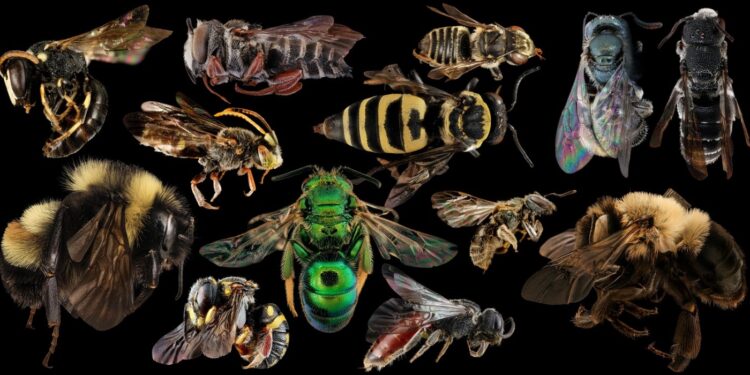

Friday, February 2, 2024, 9:00AM-11:30AM EST, Virtual & Free
“Coming together to discuss current botanical projects, conservation, and collaboration in Kentucky and beyond”
The Kentucky Native Plant Society (KNPS) and the Office of Kentucky Nature Preserves (OKNP) is co-hosting the 4th annual Kentucky Botanical Symposium on Friday, February 2nd, from 9:00AM-11:30AM EST. For ten years, KNPS has organized a botanical symposium with a goal of bringing together professionals, community scientists, academics, researchers, gardeners, and students to learn about what is going on in the world of Kentucky botany and beyond.
This year, speakers and facilitators include Jeff Nelson providing KNPS updates, Tara Littlefield (OKNP) providing current state updates related to Kentucky plant conservation, Bashira Chowdhury (Mississippi State University) discussing Prices potato bean (Apios priceana) and pollinators, Vanessa Volker (OKNP) presenting awards for the Kentucky Botanist Big Year project on iNaturalist, Dr. Sally Chambers (Eastern Kentucky University) discussing filmy fern (Vandenboschia boschiana), Dr. Shawn Krosnick and Chris Waters (Tennessee Tech) covering pollinator interactions in rare plants and Invasive Plant Assessments by Frannie Preston and Dr. Ellen Crocker (University of Kentucky and Invasive Plant Council-KY-IPC).
We are also accepting updates from our plant partners to be featured in the botanical stakeholders highlights portion of the meeting. You can submit a PowerPoint slide including information about news or events to be featured during the symposium break. If you want to update Kentucky’s botanical community about recent native plant related news, projects, or upcoming events, check the appropriate box in the registration form below. Upon submitting your registration you will be directed to a page where you will be able to upload your slide.
KNPS is also taking nominations and giving out awards for significant conservation actions in Kentucky in 2023. As you register for the Botanical Symposium you will have the option to nominate organizations or individuals in the following categories:
- Plant Conservation Organization Award: An agency or organization that has contributed significantly to Kentucky plant conservation in 2023
- Plant Conservation Individual Award: A person who has contributed significantly to Kentucky conservation in 2023
- Ex situ conservation Award: Person or agency that has significantly contributed to ex situ plant conservation in Kentucky in 2023
- Plant Research Award: Person or agency that has significantly contributed to plant research in Kentucky in 2023
- Stewardship Award: Person or agency that has significantly contributed to native plant community stewardship in KY in 2023
- Community Science Award: Person or agency that has significantly contributed to community science in KY in 2023
We hope you will be able to attend the Botanical Symposium. If you have any questions, please contact us at BotanicalSymposium@knps.org.
Tentative Agenda
Finalized agenda will be distributed at a later date to those who register. The following list is tentative and non-comprehensive.
Welcome & General Symposium Rules Overview, Kendall McDonald, KNPS Vice-President
Kentucky Native Plant Society Updates, Jeff Nelson, KNPS President
State of Kentucky Plant Conservation, Tara Littlefield, OKNP Plant Conservation/Biological Assessment Branch Manager
Prices potato bean (Apios priceana) and pollinators, Bashira Chowdhury, Mississippi State Univeristy
Invasive Plant Assessments for Kentucky, Frannie Preston and Dr. Ellen Crocker, University of Kentucky, Invasive Pest Council
Filmy Ferns in Kentucky, Dr. Sally Chambers, Eastern Kentucky University herbarium curator
Break with stakeholder and upcoming events slideshow
Studying pollinator interactions in rare plant species: old dog, new tricks, Dr. Shawn Krosnick and Chris Waters, Tennessee Tech
Kentucky Botanists Big Year iNaturalist overview and awards, Vanessa Voelker, OKNP
Conservation Awards Ceremony and Tribute to Bob Dunlap
Questions and Discussions Section
(more…)




